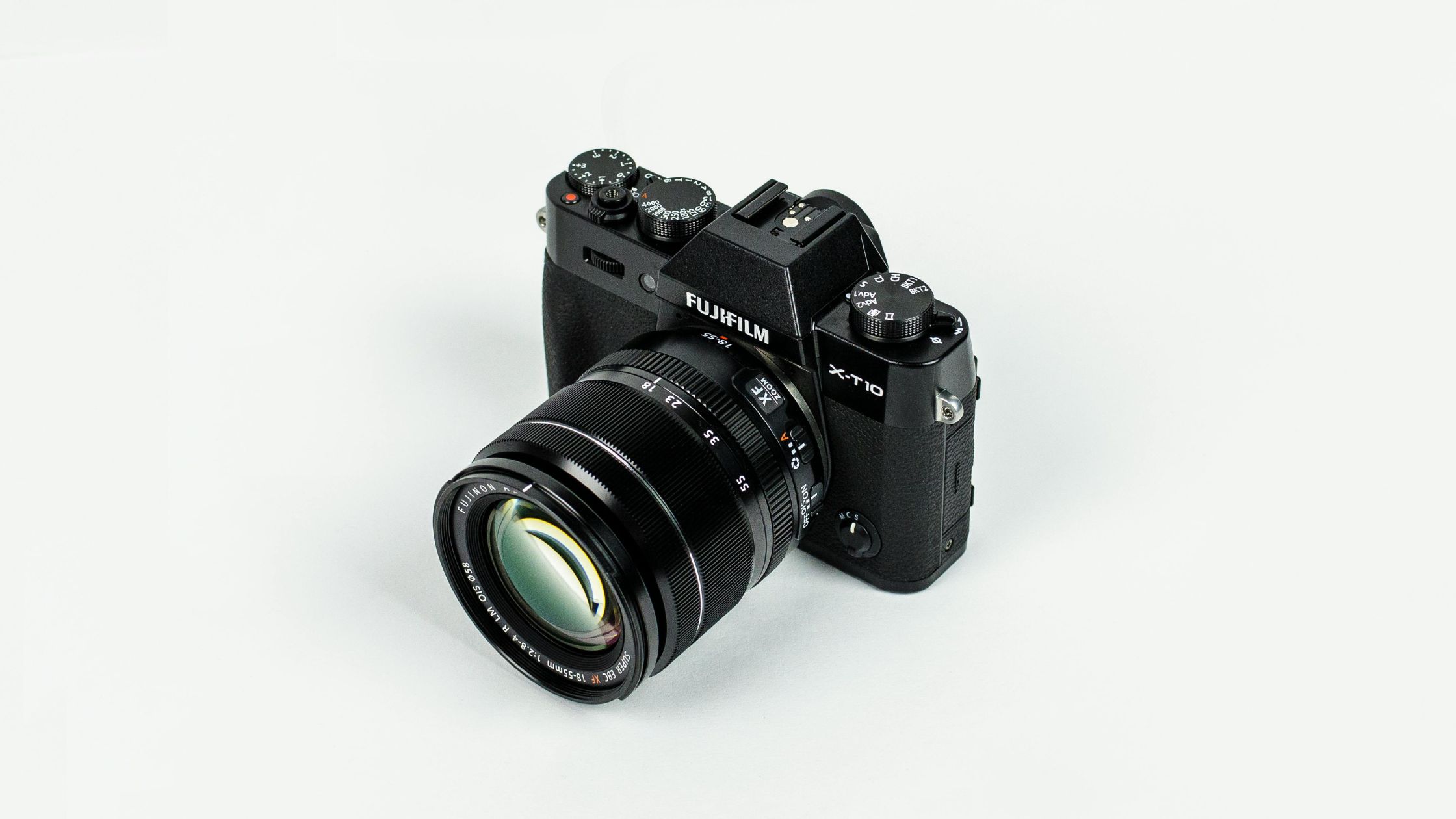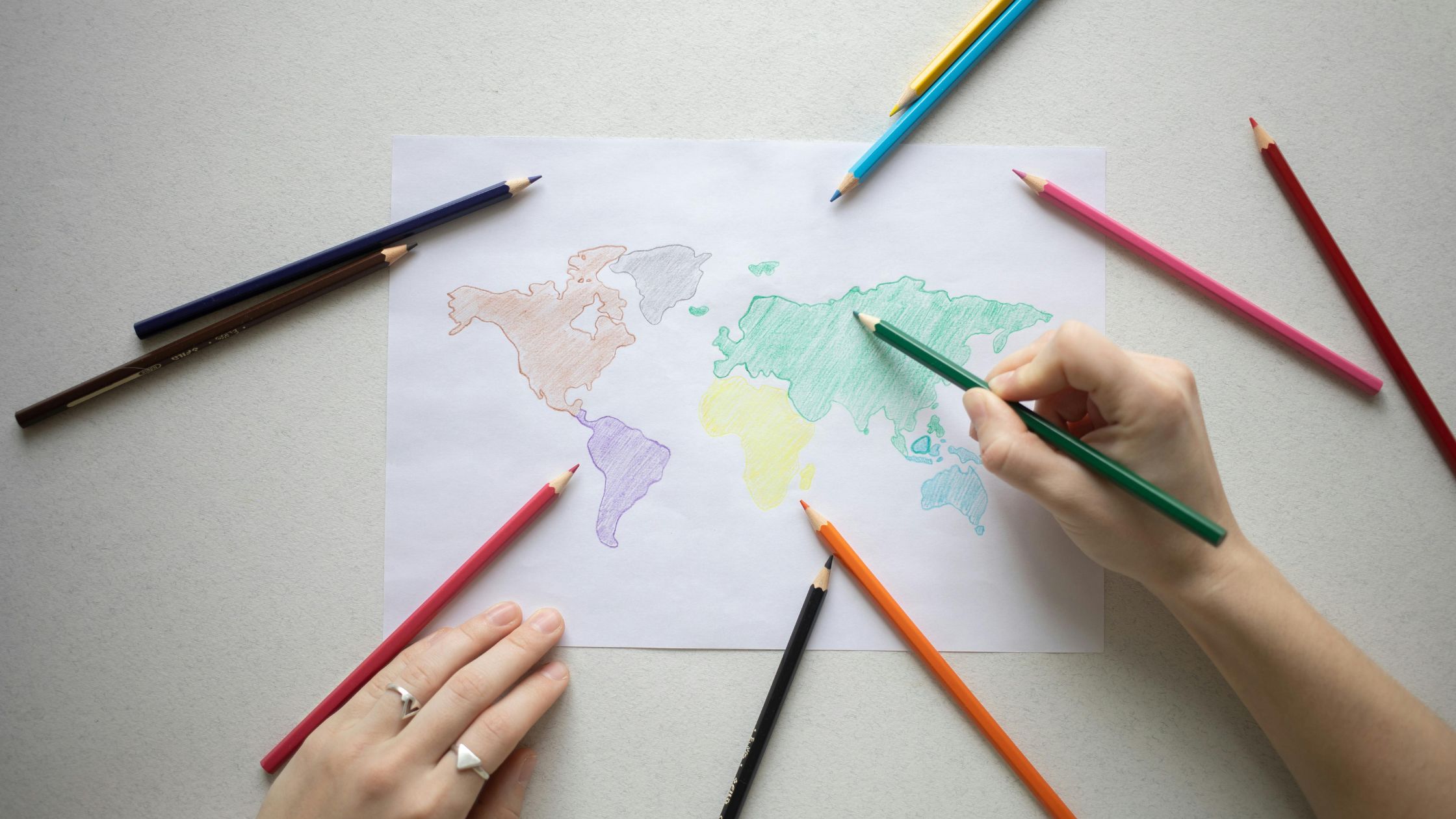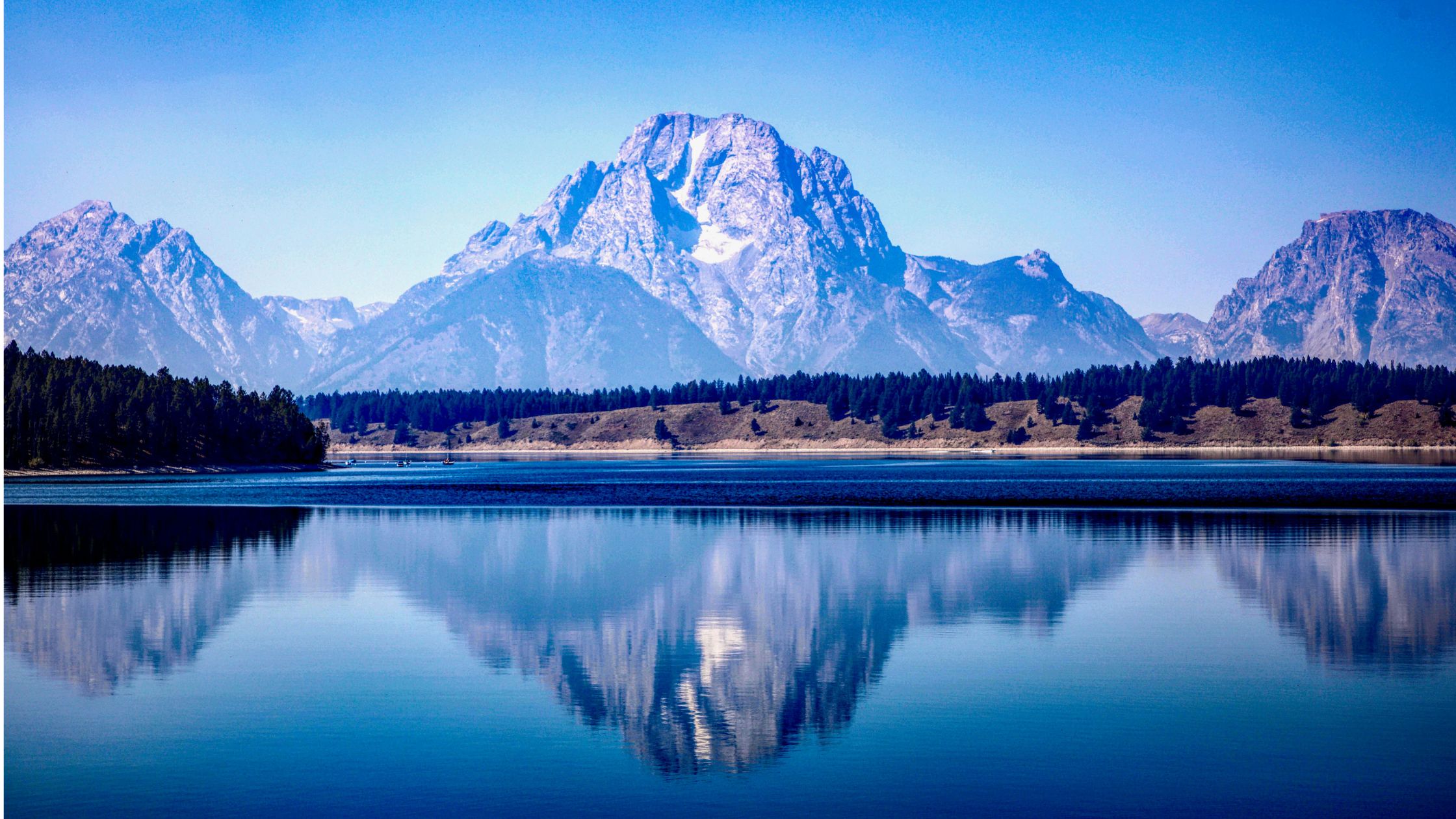

Introduction to Still Life Photography
Still life photography is a captivating genre of photography that focuses on capturing inanimate objects in a visually compelling manner. These compositions often include items such as fruits, flowers, household objects, and various artifacts arranged to create an aesthetic composition. While the essence of still life may seem straightforward, the genre offers a rich tapestry of artistic expression that has garnered significant appreciation in both historical and contemporary art contexts.
Historically, still life has its roots in classical painting, where artists meticulously painted scenes that portrayed nature’s bounty or showcased personal possessions. The genre flourished during the Golden Age of Dutch painting in the 17th century, where painters like Frans Snyders and Juan Sánchez Cotán created elaborate tabletop arrangements of food and other objects. These early still life works carried deeper meanings, often reflecting themes of transience, wealth, and the passage of time.
- 3 retro toys in 1 box – Boys and girls ages 8 and up can build and rebuild 3 different pieces of vintage technology usin…
- Endless creative play possibilities – Kids can dream up their own fun-filled stories with 3 different retro models: a ca…
- Feature-packed 3 in 1 toy – The camera toy has a moving lens, buttons to press, film to load in the back and a strap, wh…
With the advent of photography in the 19th century, still life compositions began to transition into a new medium. Photographers like Edward Weston and Paul Strand harnessed the power of this art form to explore form, texture, and lighting. The shift allowed for innovative approaches to still life, focusing not just on the objects themselves but on the emotions and narratives that could be evoked through composition, color, and light manipulation.
Today, still life photography continues to thrive, incorporating modern techniques and concepts while respecting its historical roots. Contemporary photographers utilize various styles—including minimalism, hyperrealism, and digital manipulation—to create engaging images that resonate with viewers. This enduring genre not only serves as a means of artistic expression but also invites observers to contemplate the stories behind the objects we often overlook in our daily lives.
The Elements of Still Life Photography
Still life photography is an artistic genre that relies heavily on the careful selection and arrangement of inanimate subjects, which can include anything from fruits and flowers to everyday objects. The composition of a still life photograph is crucial, as it dictates the visual narrative and emotional response evoked in the viewer. Choosing the right subjects is the foundation of creating a compelling image, and photographers often seek to capture items that hold personal significance or convey a particular theme.
Once the subjects are selected, thoughtful arrangement plays a vital role in the final outcome of the photograph. This involves considering elements such as balance, symmetry, and the relationship between objects. The interplay of shapes, lines, and textures can guide the viewer’s eye throughout the composition, enhancing their engagement with the image. Ensuring that the focal point stands out while maintaining harmony among the elements is essential for a striking still life shot.
Lighting techniques are fundamental to the success of still life photography. The way light interacts with the subjects can create texture, depth, and mood in the image. Natural light can lend a soft, organic quality, while artificial lighting can enable more control, providing dramatic effects or highlighting specific attributes of the subjects. Experimenting with shadows and highlights is often key to producing a visually dynamic photograph.
Lastly, backgrounds in still life photography must not be overlooked. The background serves to either complement or contrast with the subjects, enhancing the overall image without detracting from the primary focuses. It is important to choose backgrounds that work in unison with the subject matter to create a cohesive final piece. Together, these elements of composition, arrangement, lighting, and backgrounds contribute significantly to the art of still life photography, shaping how an image resonates with its audience.
Techniques for Capturing Still Life Photographs
Still life photography is a unique genre that allows photographers to explore creativity and composition. To enhance still life images, understanding various techniques proves invaluable. One fundamental aspect is mastering camera settings. Utilizing a low aperture, such as f/2.8 to f/5.6, helps create a shallow depth of field, isolating the subject and blurring distracting backgrounds. This effect draws the viewer’s attention to the focal point of the composition, adding a sense of depth and dimension.
Moreover, the use of natural and artificial light plays a crucial role in still life photography. Natural light, particularly during the golden hour, softens shadows and enhances colors, providing an aesthetically pleasing look. Photographers can position their subjects near windows to harness this effect. Alternatively, artificial lighting, such as softbox lights or LED panels, allows for greater control over the intensity and direction of light, making it possible to achieve specific moods or highlights. Experimenting with the angle and distance of light sources can uncover innovative textures and contrasts that elevate the overall composition.
For those looking to add creativity to their still life photography, incorporating elements of design and styling is essential. Arranging objects with varying heights, textures, and colors can create visual interest. Using props such as fabrics, books, or other items alongside the primary subject adds layers to the photograph. Utilizing the rule of thirds can also ensure a balanced image, guiding the viewer’s eye through the photograph more naturally.
Additionally, consistent practice and experimentation are key to refining one’s skills. Beginners should not hesitate to analyze more experienced photographers’ works, seeking inspiration and understanding different approaches. By continually refining techniques and embracing new ideas, photographers can significantly enhance their still life photography skills and creativity.
Choosing the Right Props and Subjects
In still life photography, the choice of props and subjects plays a pivotal role in conveying artistic vision and narrative depth. Selecting appropriate items involves consideration of several essential factors, including color, texture, and thematic consistency. The interplay of these elements can significantly influence the overall impact of the photograph, making it vital to choose wisely.
Color is a fundamental aspect that can evoke emotions and set the mood of a still life composition. Utilizing a color palette that complements or contrasts with the selected subjects can enhance the visual appeal. For instance, vibrant colors can convey energy and warmth, while muted tones may suggest elegance and tranquility. It is advisable to create a color scheme that supports the intended message and evokes the desired feelings in the viewer.
Texture is equally important in still life photography, as it adds depth and interest to the image. The tactile qualities of props can engage viewers and provide them with a sensory experience. Combining varying textures, such as smooth ceramics, rough wood, or delicate fabrics, can create a more dynamic composition. When sourcing objects, consider how their textures will play off each other and contribute to the narrative.
Thematic consistency should guide the selection of props and subjects as well. A cohesive theme allows viewers to grasp the story being told through the arrangement of objects. Whether it is a rustic kitchen setting, a luxurious dining scene, or an abstract artistic expression, ensuring that all elements align with the theme strengthens the composition. Taking time to curate a collection of items that resonate with personal style and artistic expression can lead to more meaningful and visually compelling results in still life photography.
Lighting in Still Life Photography
Lighting plays a pivotal role in still life photography, significantly influencing the composition, mood, and overall aesthetic of the image. Various lighting techniques, such as soft light, hard light, and backlighting, can dramatically alter the perception of the subject, allowing the photographer to convey different emotions and points of interest within the frame.
Soft light, often described as diffused and gentle, creates an even illumination that minimizes shadows and highlights the textures of the objects in the composition. This type of lighting is typically achieved with the use of softboxes, reflectors, or natural light from a window. Soft light works well for capturing delicate subjects, such as flowers or ceramics, as it enhances their features without overwhelming them.
In contrast, hard light presents a more intense and directional source that creates pronounced shadows and highlights. This technique is effective for adding drama and depth to still life arrangements. Hard light can be obtained using direct sunlight or focused artificial light sources. When employing this method, it is crucial to consider the angle of the light to ensure that the desired mood is achieved. For example, positioning the light source at a low angle may create elongated shadows, lending a sense of mystery to the composition.
Backlighting is another captivating technique that can enhance the visual appeal of a still life photograph. By placing the light source behind the subject, the objects can appear translucent, adding an ethereal quality to the image. This technique is particularly effective when photographing items like glassware or translucent fruits. It highlights shapes and forms while creating a striking contrast against the background.
When setting up lighting for still life photography, experimentation is key. To effectively utilize these techniques, photographers are encouraged to manipulate the distance, angle, and intensity of the light sources to discover how each variable influences the composition. The right lighting can transform an ordinary subject into a captivating visual story.
- 【Endless Color RGB Sunset Lamps】 – This upgraded sunset projection lamp features high-refraction lenses , farther distan…
- 【Smart APP Control Sunset Light】 – This magical sunset lamp projector perfectly integrates art and technology, freeing y…
- 【Bring the Sunset into Your Home】 – This LED sunlight lamp brings the breathtaking beauty of a sunset into your home, so…
Post-Processing Techniques
Post-processing plays a significant role in the realm of still life photography, allowing photographers to refine and enhance their images after capturing them. Utilizing software tools such as Adobe Lightroom and Photoshop is common among still life photographers to achieve the desired artistic expression. These programs offer a range of editing techniques that can significantly transform an image while staying true to the original intent.
One of the primary post-processing techniques is adjusting the exposure and contrast. This allows for the enhancement of details in both the highlights and shadows, creating a more dynamic range that draws the viewer’s eye. Color adjustment is another critical aspect, which involves fine-tuning the hue, saturation, and luminance settings to bring out the rich colors of the subjects. This meticulous attention to color can elevate the aesthetic appeal of still life photography and contribute to the overall mood of the composition.
Clarity adjustments also deserve attention, as they can improve the overall sharpness and definition of the objects captured. However, achieving clarity should not come at the expense of a natural look. Photographers must be careful to avoid over-processing their images, as excessive enhancement can lead to a loss of authenticity. Maintaining the original essence of an image is vital; therefore, subtlety is key. Techniques such as selective editing can help in this aspect, allowing the photographer to enhance specific elements of the composition without unbalancing the entire image.
In essence, the goal of post-processing in still life photography is to enhance the visual narrative without overshadowing the artistry of the original photograph. The balance of technical enhancement and artistic integrity is a delicate yet essential aspect of achieving remarkable still life imagery.
Inspiration from Famous Still Life Photographers
Still life photography, a genre that captivates both the artist and the viewer, has been profoundly shaped by a number of exceptional photographers throughout history. Each of these artists has introduced unique styles and innovative techniques, helping to push the boundaries of this artistic field. Their work serves as a valuable source of inspiration for contemporary creators exploring their own approaches to composition and subject matter.
One of the most influential figures in still life photography is Edward Weston, known for his strikingly exquisite arrangements of everyday objects. Weston’s work often highlights the intricate details of form and texture, using natural lighting to enhance the sensory experience. His famous images, such as “Pepper No. 30” and “Nude,” reflect a philosophical commitment to celebrating the beauty found in simplicity. His ability to transform ordinary subjects into extraordinary works of art demonstrates the power of perspective in still life photography.
Another pioneering photographer is Irving Penn, whose still life compositions are celebrated for their meticulously arranged subjects and dramatic lighting. Penn’s ability to combine the elegance of fashion with the aesthetic of still life resulted in visually arresting images that maintain a sense of sophistication. His series of carefully curated arrangements, such as “Cigarettes” and “Still Life with Fish,” merge creativity with commercial appeal, showcasing how still life photography can transcend traditional boundaries.
Additionally, contemporary photographers like Jonathan Viner continue to innovate within the still life genre. Viner’s work often incorporates elements of modern aesthetics and diverse materials, pushing the visual language of still life into new realms. By blending traditional techniques with contemporary themes, these artists have laid the groundwork for a versatile art form that invites ongoing experimentation and exploration.
By studying the work of these renowned still life photographers, today’s artists are encouraged to embrace their own creativity. Each photograph tells a story and emphasizes the potential of everyday objects to convey emotion and meaning, inspiring a new generation to explore this captivating genre.
Common Mistakes in Still Life Photography
Still life photography, an art form that captures the arrangement of inanimate objects, can be challenging for both amateur and experienced photographers. Identifying common mistakes is crucial to improving one’s photographic practice. One prevalent error often encountered is poor composition. A cluttered composition can detract from the subject’s beauty, making it difficult for viewers to appreciate the individual elements. To avoid this pitfall, it is advantageous to apply the principles of design, such as the rule of thirds, to guide object placement. Additionally, creating a focal point will help draw the viewer’s attention and lend clarity to the image.
Another common mistake is the use of cluttered backgrounds. These distractions can overshadow the main subjects, leading to confusion in the viewer’s eye. To enhance the overall composition, it is advisable to opt for simple and unobtrusive backgrounds. Backdrops should complement, rather than compete with, the foreground elements. Utilizing solid colors or subtle textures can enhance the aesthetic appeal while keeping the viewers focused on the core subject matter.
Moreover, inadequate lighting is a frequent issue in still life photography. Natural lighting often provides the most effective and flattering illumination; thus, utilizing it during the golden hour can result in striking images. However, in situations where artificial lights are necessary, employing diffusers can soften harsh shadows and reduce overly bright spots. Experimenting with different light sources and angles can lead to an improved understanding of how light interacts with the objects being photographed.
By addressing these common pitfalls, photographers can progressively refine their skills in still life photography. Emphasizing thoughtful composition, clear backgrounds, and effective lighting will significantly enhance the quality of their images, ultimately capturing the essence of the still life genre.
Experimenting with Still Life Photography
To truly embrace the art of still life photography, one must be willing to experiment and explore various creative concepts. Capturing the essence of inanimate subjects can take many forms, and the possibilities are virtually limitless. One starting point for experimentation is to select themes that resonate personally, such as seasonal motifs, cultural elements, or even abstract concepts. For instance, you may choose to explore the theme of “decay,” juxtaposing fresh flowers with aging, weathered materials to evoke emotions and provoke thought.
Additionally, consider assembling unusual combinations of objects. Mixing everyday items with more exotic elements can generate visual intrigue and narrative depth. Items like kitchen utensils paired with natural elements, such as fruits or flowers, can create unexpected relationships and tell compelling stories through your photography. The use of varied textures, colors, and shapes will enhance the visual appeal and captivate viewers.
Lighting is another critical aspect to experiment with in still life photography. Natural light can be a fantastic ally, but don’t shy away from manipulating artificial lighting to achieve unique effects. Using backlighting or dramatic side lighting can infuse your composition with dynamic shadows or highlights, giving depth and dimension to your subjects. Consider employing diffusers or reflectors to modify the quality of light, creating soft, ethereal images or stark, high-contrast scenes, depending on the desired mood.
To truly challenge your artistic boundaries, engage in themed projects or photography challenges. These could involve daily or weekly prompts, encouraging you to capture certain subjects or styles while avoiding repetition. The key is to maintain a playful and open-minded attitude, allowing creativity to flourish. By embracing experimentation in still life photography, you will not only enhance your skills but also deepen your artistic expression.
- 【Lightweight and Portable】4 section leg can adjust tripod height from 20.4”/52cm to 64.1”/163cm; it can be folded to 1…
- 【360 Degree Ball Head】36mm ball head can be rotated to any angle you want, helping to improve the range of camera activi…
- 【Efficient and Flexible】With powerful and quick flip leg lock, only use one hand can open and close all the buttons in a…
RELATED POSTS
View all





